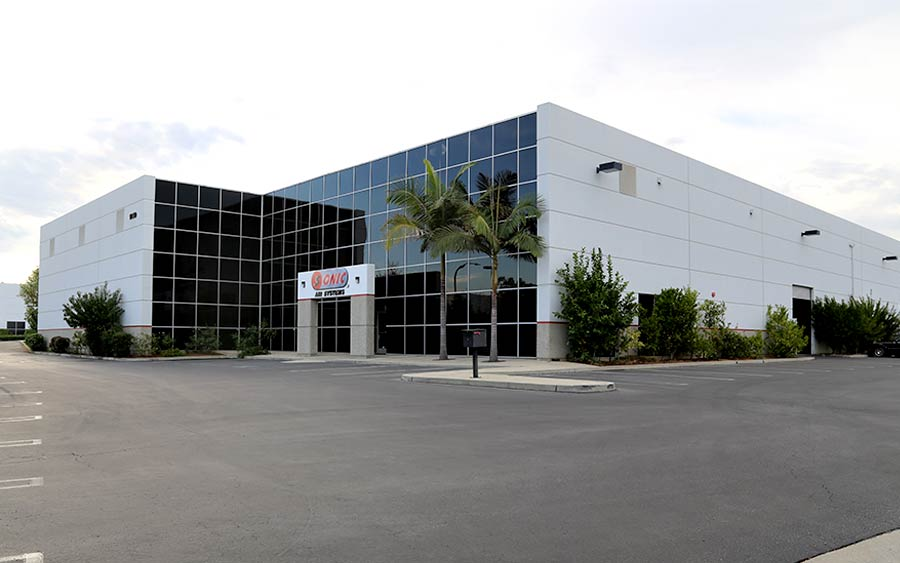CASE STUDIES

Flawless Wine Bottle Drying for AMBRA S.A.


Overview
AMBRA S.A., a prominent importer, packager, and distributor of wines and other beverages in Poland, is recognized for its extensive portfolio and sales volume across Central and Eastern Europe. With millions of bottles passing through their production lines annually, AMBRA sought to expand its bottle drying capacity. Having previously experienced success with Sonic Air Knife Bottle Drying Systems, they again turned to Sonic to add two additional Wine Bottle Drying Systems. The challenge was to efficiently dry bottles of varying sizes, from 0.2L to 1.5L, traveling at a maximum production rate of 170 bottles per minute.
Solution
Sonic Air Systems provided AMBRA with Blower-powered Air Knife Systems equipped with soft starts. The systems delivered a high-velocity, high-impact air stream that effectively removed all liquids from the surfaces of the bottles. The precise and amplified airflow sheared the water from the bottles, ensuring successful labeling. The soft start feature allowed AMBRA to adjust to varying line speeds resulting from changes in bottle sizes, ensuring optimal drying performance across the entire production process.
Result
By implementing Sonic Air Knife Systems, AMBRA achieved remarkable results in its bottle drying operations. The reliable and efficient drying process enabled smooth labeling and enhanced production efficiency. The soft start feature provided flexibility in accommodating different bottle sizes and maintaining consistent drying performance. As a repeat customer, AMBRA's continued partnership with Sonic Air Systems and their distributor, INN Sp. z.o.o. is a testament to the satisfaction and trust in Sonic's air knife drying solutions.

